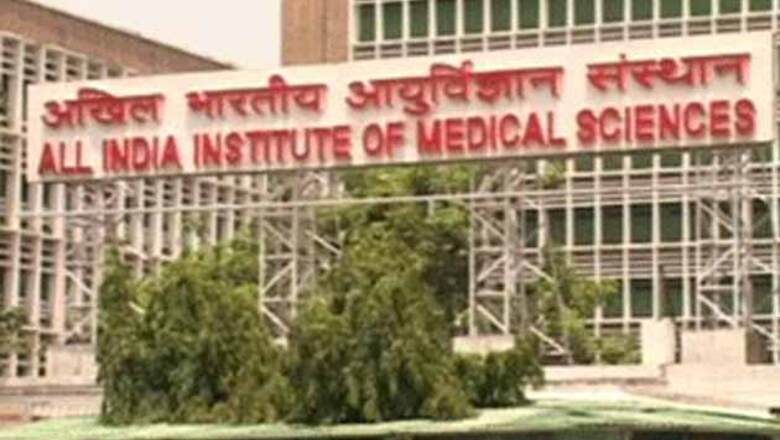
views
New Delhi: Severe burn injuries leave behind scars -- not only physical but in the victim's mind too.
The Burn Eradication Project, which now hopes to begin operations in India, aims at reducing the fear of burns and the psychological after-effects by counselling people over telephone.
Marja Pronk, global coordinator of the Burn Eradication Project on a recent visit to the capital, explained the Distant Subliminal Neuro-Bypass (DSNB) technique that addresses the psychological scars that often delay physical recovery as well.
"DSNB is the power of the mind. It is an approach in which the unconscious influence of the mind on burns is inhibited or enhanced to build resistance against the burn injury," Pronk, a doctor who started project with a German consultancy, told IANS in an interview.
"Brain's unconscious overreaction to the extreme level of pain caused by the burn causes blisters and scars," claimed Pronk.
"Everywhere in the world, there is fear associated with burns. Fire injuries are considered to be the most dangerous by humans. But it is not so," she added.
According to statistics by the United Nations Children's Fund (Unicef) around 750,000 deaths due to burns are reported annually worldwide. Burn victims have a high mortality rate, but those with 40 to 70 percent burns can be cured with timely intervention.
The DSNB technique employs both physical and neurotic aspects of burns to complement orthodox ways of administering treatment. It takes a holistic approach, exploring the interconnect that exists between mind and body, and the mind's ability to affect bodily functions and reactions.
The Burn Eradication Project, now headquartered in the US, has medical practitioners on board and has DSNB hotline numbers in South Afria, Kenya, Ghana, Tanzania and several European countries as well.
The project has been a success in these places and over 200 burn victims have recovered well after receiving DSNB treatment.
"The burn victim just needs to give us a call, and we take down the details. It's then that we counsel and cure in sessions," Pronk told IANS.
If contact is made with DSNB technicians within 30 minutes of the burn injury, they will immediately provoke a neuro-bypass that keeps our brain from sending the wrong message to our defence and immune systems...The recovery process of the body will be accelerated, the project's website says.
The project now hopes to launch in Sri Lanka and India as well, said Pronk, who visited Pune and Delhi on her India trip.
"The main problem we are facing here is that we don't have reliable data pertaining to burn cases and casualties. Monitoring a burn patient after he has been cured in a hospital is missing," she said.
The project has garnered positive response in Ghana, where the helpline was promoted through community radio and television and has been implemented by the Ghana Burn Survivors Foundation.
Testimonies from California in the US too vouch for the technique. For two-year-old Michael's mother there, the hotline was nothing less than a miracle.
"My son touched a hot wire rack from the overheated oven, I called the number and within minutes of the conversation with DSNB staff on the phone, the pain reduced," Michael's mother wrote in an e-mailed response.
"The trick is to calm down the person, I think," she added.
Christina T., also from California, has a similar story to tell.
"My daughter was shrieking with pain and her hand was red and swelling rapidly. After rinsing it with cool water, I contacted the DSNB hotline number. After giving the specifics to doctors and counsellors, the pain gradually reduced. After a few months, the scars were also not there because of the therapy," Christina said via e-mail.
While DSNB is yet to receive support from medical associations and hospitals in India, doctors are sceptical if the technique can relieve government hospitals' burns ward that are burdened with a large number of emergencies every day.
"It seems promising, but in the Indian context it's more important to improve the condition of burns wards in our government hospitals," said a senior plastic surgeon from Safdarjung Hospital on condition of anonymity.
"Probably then we can take up the psychological healing of the victims. It's difficult to assure people that they first need to call a hotline when there is a case of fire injury," the doctor added.
Only three hospitals in the capital -- Safdarjung Hospital, Ram Manohar Lohia Hospital and Lok Nayak Jai Prakash Hospital -- are equipped with the special infrastructure required for burn patients.
"At Safdarjung Hospital, with a bed-strength of over 100 beds, nearly four to six burn patients are admitted every day. Annually 7,000 patients are treated in the burns wards, while the permissible capacity is 3,000," the doctor said.




















Comments
0 comment